A List By Tony Fyler
When compiling a list of the best Classic Doctor Who stories, it shouldn’t need stating that your mileage will vary. It will vary a whole hell of a lot, because there are so many stories that people find beyond special, either because they’re objectively mint and we’re trying to narrow down the five best from at least 26 years of content, or because particular stories just hit different people differently.
These are the top 5 I’d choose for a great Classic Who marathon. And yes, immediately, the next 5 spring to mind. But that’s another article.
And for the record, these aren’t in order of merit – any one of the five is prime Who viewing, so nehh. They’re coming at you in transmission order, not order of preference, because that doesn’t exist.
The Time Meddler
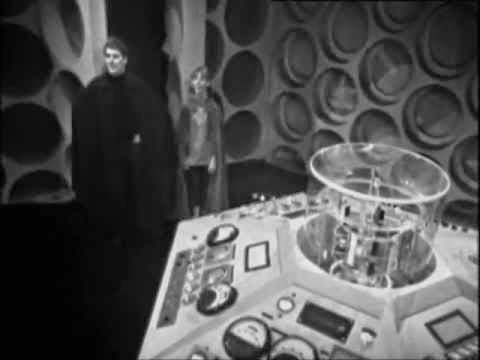
You’ve absolutely got to have some of “The Guv’nor” in any list of the best Classic Who stories, so William Hartnell enters the fray with The Time Meddler – a story that looks to all intents and purposes like a pure historical, but is actually so, so much more. Hartnell at his most twinkly with Maureen O’Brien’s Vicki, and joyously comic with new recruit Steven Taylor (Peter Purves) is a delight to behold.
Peter Butterworth as the Monk is an extremely canny choice for a villain that never believes they’re a villain, and The Time Meddler gives us a heart-stopping revelation, right there on screen as a cliff-hanger. The Monk…has a Tardis!
It’s the first time we’ve met any of the Doctor and Susan’s people before and it’s the beginning of a line that leads through the War Chief, to the Master, to Drax, to the Rani, and onward to the whole Time War. Timeless Children, Tecteun arc. He’s the first other rogue Time Lord we’ve ever encounter, and as such, he sets up a thing no-one else can do – the idea that the Doctor’s rigid principles on time, and consequence and fairness, and not meddling with history, are just that.
Just principles, not rules.
Butterworth’s Monk is the first real challenge to the Doctor’s otherworldly authority on questions like that, and for that alone, he’s priceless.
Quite apart from which, the story itself is an absolute belter, balancing threat and comedy on a knife-edge, and somehow serving them both equally well.
Spearhead from Space
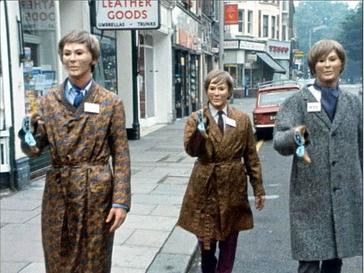
Yes, absolutely, it’s a travesty that no Troughton appears on this list – they’re certainly in the next best 5. But in terms of delivering a whole new way to do Doctor Who, I have to give love to Spearhead from Space.
Brand spanking new colour Doctor Who – yes please. The return of Lethbridge-Stewart, now as the leader of the UK division of a whole organization responsible for all things alien – definitely. An evolution of the brainy assistant, like Susan and Zoe, into something fit for the early Seventies, in Caroline John’s Liz Shaw – excellent.
Spearhead is only the second regeneration story, but with so much more to set up about the new Doctor. The fact that it pulls off the trick of having Jon Pertwee confined to a hospital bed for so long and still manages to turn in a stone-cold classic story is nothing short of miraculous.
But the real reason this story makes the list, over such other classics as Power of the Daleks, is the Autons.
Extrapolating from the principle of the two Troughton “proto-UNIT” stories, The Web of Fear and The Invasion, that alien terror is significantly worse and more frightening when it comes close to home, having an evil alien force that can inhabit plastic is a stroke of genius.
Having the double threat of “the ordinary made scary” – in heart-stopping scenes like the shop window dummies coming to life and going on a rampage – and the bodysnatchers fear that people you think you know and like could have been replaced by doppelgangers brought the terror right inside your home – gives Spearhead a frisson of danger that other stories hadn’t really captured.
Add all that together and sprinkle with lashings of quirky Jon Pertwee energy and you have yourself a good old time with one of Classic Who’s best regeneration stories.
The Robots of Death
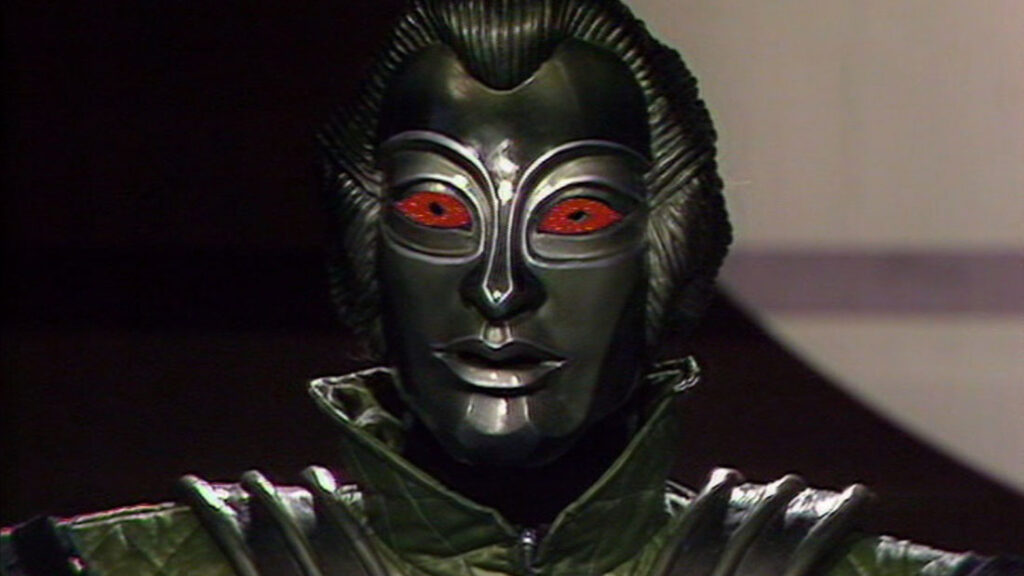
To call Tom Baker’s time in the Tardis an embarrassment of riches is still to do a disservice to the era and everyone who worked on it. There are tens of stories that all deserve your notice, and you could easily fill a Top 5 list with just stories from the Fourth Doctor’s seven-year ownership of the Tardis.
I went for Robots of Death because, apart from anything else, it’s such impeccable comfort viewing. The sets and costumes are very easy on the eye, the dialogue is frequently among the best in the history of Who – including the line about the inverse ratio between the size of the mouth and the size of the brain (guaranteed to get you beaten up on any school playground anywhere), and the joyously simplistic explanation of how the Tardis’ dimensions work.
What’s more, Chris Boucher’s script delivers cogent themes of the fear of robotic devices which is becoming increasingly relevant as we live more of our lives alongside intelligent devices, and a treatise on the idea that any robotically-served civilizations depend for their survival on the notion that its slaves are not sentient – a rising concern in the age of AI.
On top of all of which, it shows a civilization so rich in backstory that it’s been the setting for a variety of spin-off media, it turns an Agatha Christie murder mystery entirely on its head (All the butlers did it!), it has a joyously loopy villain, stylish and creepy murderers, the like of which it has been the series’ mission to replicate ever since. It has plots within plots, Dums who aren’t dumb, a silver Supervoc of Death, and it has Tom Baker and Louise Jameson, both on peak form, surrounded by a cast of exceptional accomplishment.
Why would you not put The Robots of Death right up there in your Top 5 Classic Who stories?
The Caves of Androzani
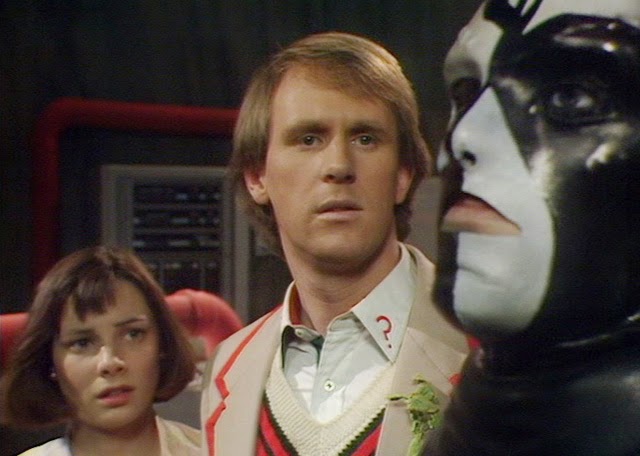
Consistently voted one of, and frequently the best Classic Doctor Who story, it’s fairly easy to see why Robert Holmes’ story of the twin planets of Androzani (Major and Minor) is on every list there is.
Like The Robots of Death, Androzani paints its world in incredibly vivid colours (both physically and metaphorically). The worlds at war over a substance that can be both toxic and beneficent. Spectrox can kill you in its raw state, but magically lengthen and revivify your life once processed – except it’s hard to get at, and one so-called terrorist, Sharaz Jek, holds the access to it all, surrounded and protected by his army of androids.
The joys of Androzani are legion. First of all, it’s the first story in which Peter Davison doesn’t have a multitude of companions to herd, and as such, he’s significantly better able to step to the front and centre of events. It’s a tantalizing glimpse of the Fifth Doctor era that could have been, where the fellow with the “pleasant, open face” actually had more screen time to show his Doctor with greater complexity and strength.
Secondly, the Fifth Doctor’s swansong lets him be especially heroic because everybody – absolutely everybody, without fail – on both Androzani planets is utterly horrible. That makes the Doctor and Peri stand out further as examples of goodness. It’s almost as though, even when it’s processed and technically safe, Spectrox exacts a price, a kind of Dorian Gray bargain, where the flesh may stay young and relatively beautiful, but the soul withers away inside.
Ironically, there’s something about Sharaz Jek, horribly mutilated and with a mind twisted to violence as it is, that makes him stand out as a complex figure who at least still appreciates goodness and beauty. That he takes that appreciation to incel, Phantom of the Opera, creepy-dude levels with Peri and yet still makes for a compelling character is a tribute to Christopher Gable, who played the role.
Yes, there’s a naff monster in The Caves of Androzani, as well as a scene that looks a little like a BBC Micro computer game. But in the best traditions of the Classic show, none of that matters at all, because with Robert Holmes, Eric Saward and Graeme Harper at work, alongside a cast determined to pour all the reality they can into the science fiction premise of the story, the Fifth Doctor shines in The Caves of Androzani like he’s rarely had the chance to do before – including of course in his heroic, somewhat messianic death.
It’s nail-biting Doctor who from the moment the Doctor and Peri are captured just a handful of heartbeats into Episode, 1 all the way through the psychedelic regeneration (certainly the best of the regeneration sequences up to that point).
And as long as you have the emotional resources to deal with a planet so appalling close to our own in 2023, where everybody in power seems to be an utterly contemptible douchebag, it’s a perfect example of a story where there is no supervillain or monstrous creature, because everybody’s a villain and a monstrous creature, and the Doctor and his companion are buffeted about as pawns in the plans of others, their only hope being to escape the planet altogether.
Superb, dark, bright, glorious Classic Who at its finest.
Remembrance of the Daleks

The third and last Dalek story of the Eighties is a markedly different affair from the first two, by virtue of new blood in the writing team. Eric Saward, bless him, is a good writer, but his Dalek stories tend to require a handful of uppers before you embark on them. Resurrection kills pretty much everybody in the story, sickens Tegan into running off at the end, and sees the Doctor aim a gun at Davros’ head. Revelation is an exercise in really dark humour with another high body-count and it leaves you with a sense of grimness once you’re done.
Fast forward to Season 25. We’d had a season of Sylvester McCoy being cute and fracturing aphorisms all around the place, but the decision had been made to take him darker, make him a more enigmatic, game-playing figure.
And to kick off the 25th anniversary season, we had Remembrance of the Daleks, by then-newcomer Ben Aaronovitch.
Everything about it felt different to what had come before. It had a pre-credits sequence, it had a darker Doctor with a darker, more serious outfit, it advanced the relationship between the Doctor and his companion, elevated the idea that the Doctor was more than just a random Time Lord, and that possibly, he’d had something to do with the creation of Time Lord society.
But it also brought us a brand new version of a conflict that had dogged the Daleks for decades, and had been brought into sharp focus in stories like Revelation – Imperial Daleks versus Renegade Daleks. It brought a Dalek Emperor to the screen that was as close to the comic-strip version as we’d ever seen.
It played out the conflict between the two tribes of Fascist-machine through human avatars, delivered us the first entirely new Dalek design in years – the Special Weapons Dalek – and gave us the first full-on version of a Dalek elevating up a staircase, killing the quip from Destiny of the Daleks that had become common parlance stone dead. Now the greatest evil force in the universe had no fear of staircases. They were to be feared again.
On top of which, it kicked off a season that at least theoretically had a nostalgic, backward-looking mission, to celebrate 25 years of the show, with a story that reminded the viewer that things weren’t entirely peachy keen in 1963, and that Fascistic aliens would find no shortage of humans – hell, no shortage of Britons – who would vigorously support their hatred of the Other right there on the streets of London. Margaret Thatcher was still Prime Minister in 1988 when the story was broadcast, so a warning against the normalization of Fascistic ideas was not only good history, it was good social commentary, too.
But, like Robots of Death and The Caves of Androzani, the real power of the story is in its supposedly subsidiary characters – Gilmore, Rachel and Allison, who were so achingly close to being a spin-off in their own right that they eventually became one – Counter-Measures – at Big Finish.
Combining that new proto-UNIT group with the vividness of the Dalek Wars, the grandiosity of the Hand of Omega and the Doctor’s relationship to it, and the instant shift of gears from the well-meaning clown of Season 24 to the dark, mysterious game-player of Season 25 makes Remembrance of the Daleks not only an important story, but on pretty much every level, a brilliant one.
The energy, the vivacity, the daring to dream and the power to expand what the Daleks had been for some while into something new makes Ben Aaronovitch’s first Doctor Who story an exceptional watch, time and time again.

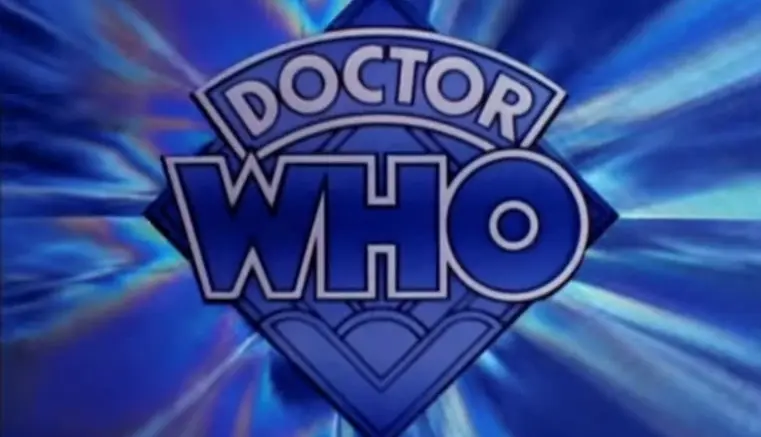

Be the first to comment on "The Top 5 Best Classic Doctor Who Stories"